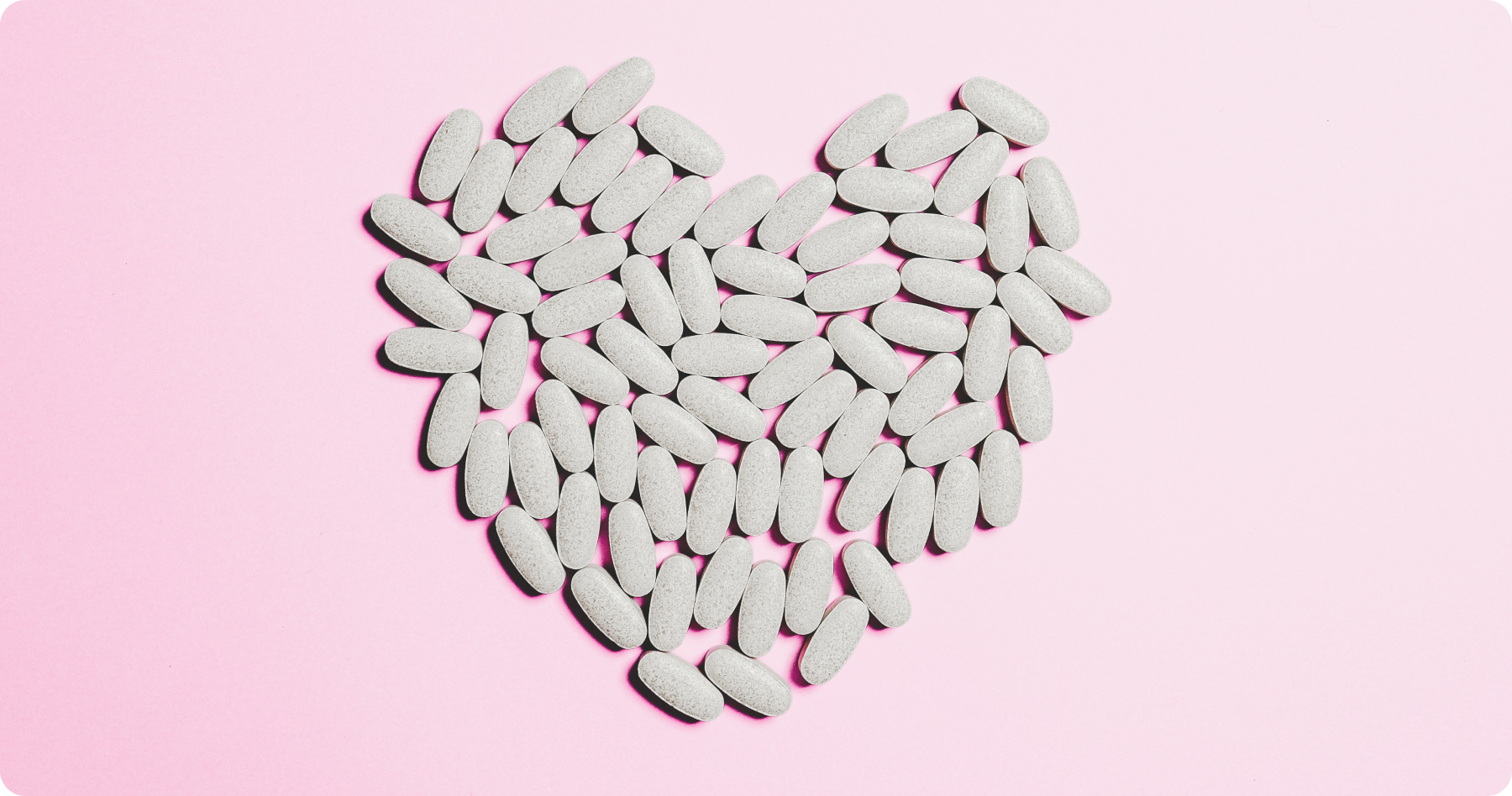As an outpatient pharmacist, Nikkie Hosseinnia is at the beginning of her career. She studied Pharmacy and holds a master’s degree in Health Economics- Policy & Law. Remarkably, she began her working life in the middle of the pandemic.
Nikkie deals mainly with patients who are discharged from, or under treatment in the hospital itself. The corona period was a hectic one, with staff downtime and deferred care: many new challenges, in which monitoring the continuity of care was particularly important.
Digital quality control
‘Especially when it comes to high-risk medication, such as oncolytics (anti-cancer drugs), you have to execute extra checks,’ Nikkie explains. ‘A logistical difficulty because of the lower attendance in the pharmacy due to lockdown and outages. We used Siilo a lot; it helped us reach colleagues quickly so we could remotely check for any dangerous contraindications.
‘I definitely see that hybrid working and the use of applications such as Siilo has become normalised in healthcare. At the moment we mainly communicate within our Siilo group of pharmacists and pharmacy assistants, but it would be useful if we could extend this to physicians, and also reach them quickly if something is off with the prescribed medication. As it stands, we still check with doctors over the phone, which always creates accessibility issues.

Caregivers
In addition to changing from physical to a more hybrid way of working, Nikkie sees that there is still much to gain in the relationship between pharmacists and patients themselves. ‘For most patients it is indeed clear what a doctor or a nurse does,’ she stresses, ‘but the exact role of the pharmacist is not always known and that can lead to misunderstanding. ˮWhy does it all take so long?ˮ we regularly hear.
‘I understand that waiting is unpleasant. But it would help everyone if patients knew and understood that the step we secure in the care process is as important, and can be life-saving as surgery itself. We are caregivers, too. I do see a trend to bring this more broadly to peoples attention among the younger generation of pharmacists. We no longer sit in a little office in the back of the pharmacy, but rather like to come into contact with the patient to explain things properly. So in that area there is still a lot to gain for both pharmacies and pharmacists.
